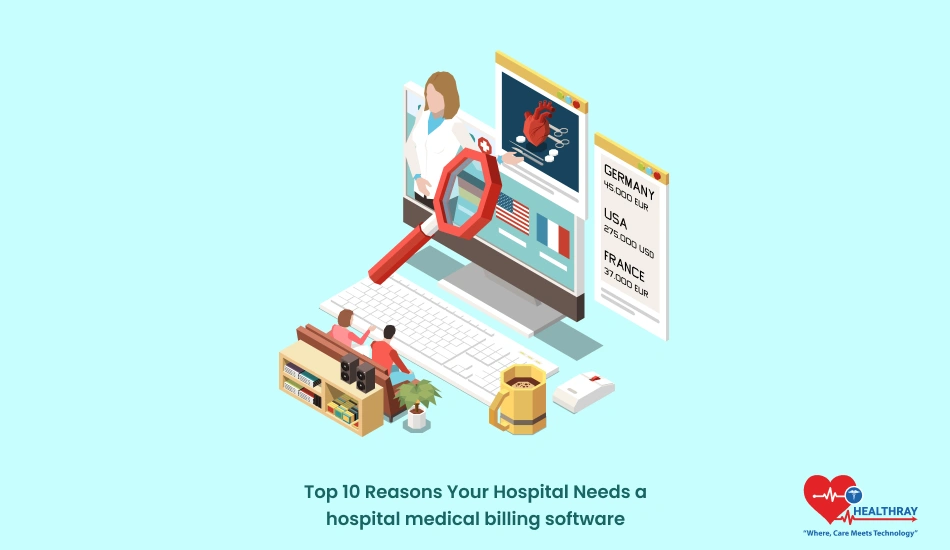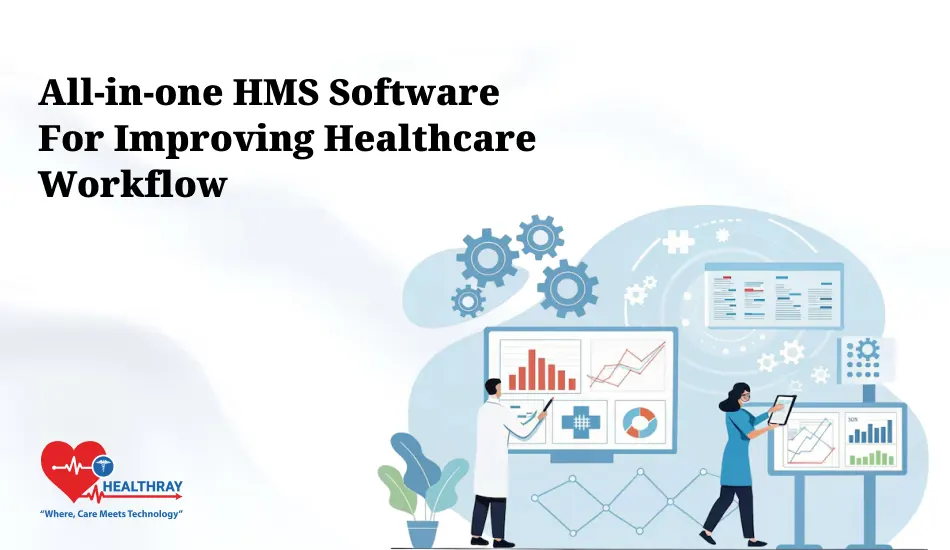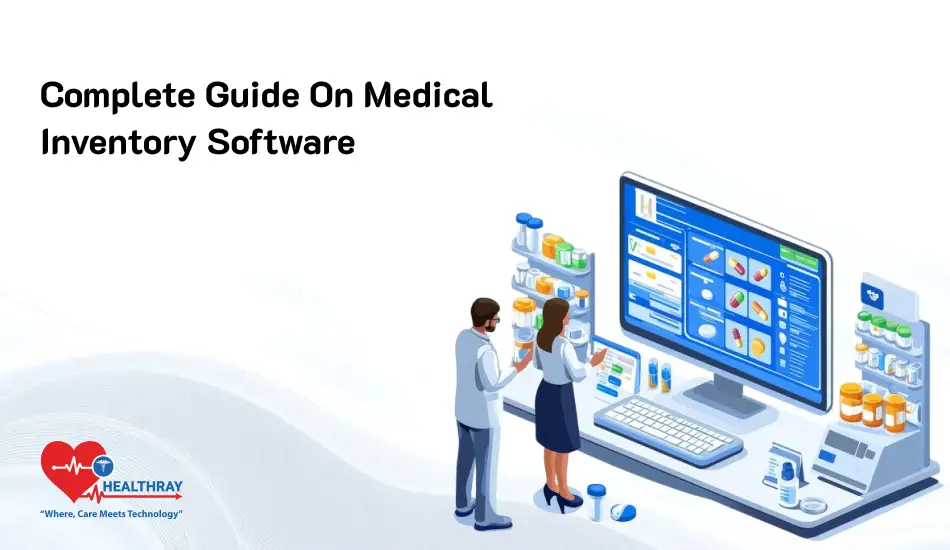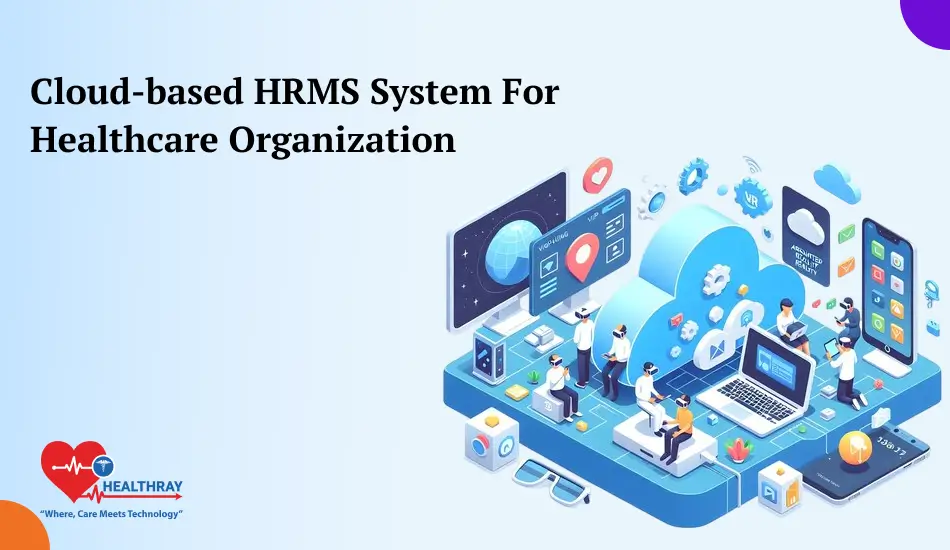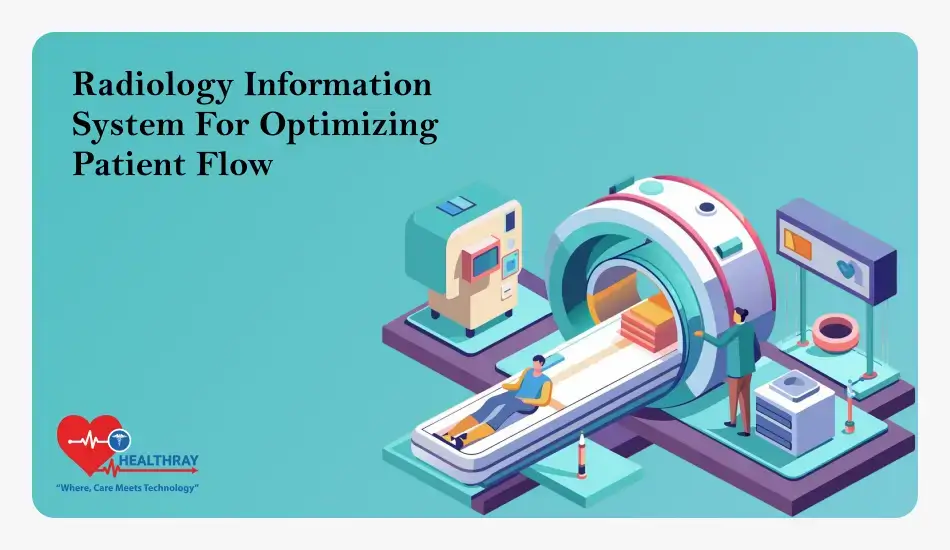Introduction
Hospital billing is both sensitive and demanding. A wrong action, delay, or choke point in the process may have a domino effect on cash flow, patient satisfaction, and operation. Traditional methods may feel old but sometimes are at pains with the demands of contemporary health environments that require speed, accuracy, and compliance.
So, what is the point of dedicated medical billing software for your hospital? It is not just an upgrade in technology but also a means of streamlining funds and reducing the workload that goes into manually doing things. Once the right billing software is put in place, your hospital will feel the difference in handling the revenue cycle-from claims management simplification to patient data protection, making life easier for your staff and patients alike.
We shall focus on the top 10 reasons why hospital medical billing software has become, and is becoming, indispensable in the healthcare service settings. Each point unwinds concrete benefits through the billing software, leading you to understand how software can support your hospital’s commitment to quality care while supporting its bottom line financially.
Improved Billing Accuracy and Reduced Errors
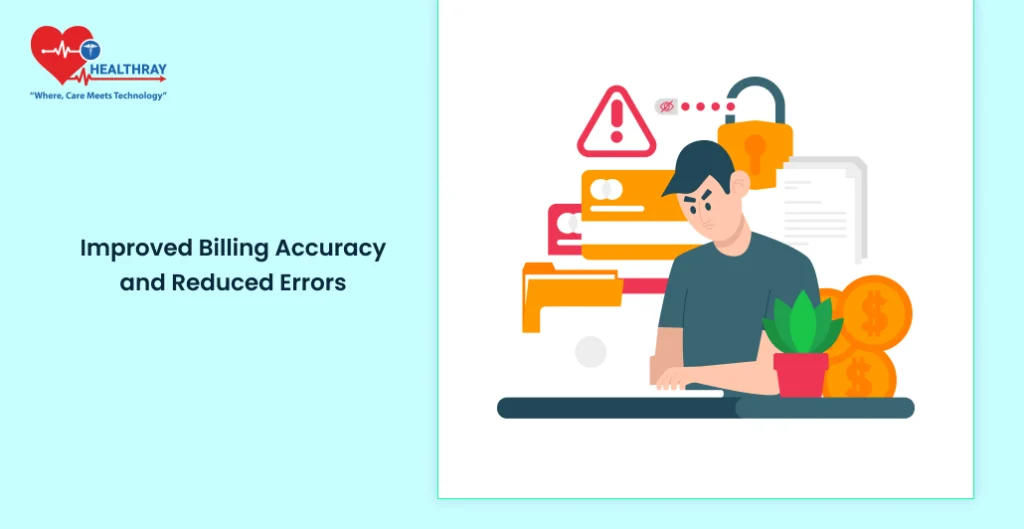
Billing errors suck the revenue from the hospitals and irks the patients. Manual procedures, however good the intention be, are very susceptible to human mistakes. A missed code, duplicate charge or data entry mistake can lead to a claim denial to the hospital, which drags into expensive and precious time for the hospital to correct the mistake
The use of a medical billing software reduces the likelihood of errors. This system automatically feeds the data in and encodes it and cross-checks it with industry standards to ensure all information entered is correct. This means there would be less denial of claims, fewer errors needing corrections, and minimal follow-up. Therefore, this streamlines the workflow directly benefiting the billing manager and administrator as well as ensuring an accurate cycle for billing. This will directly mean that clear and correct bills will be generated for patients; thus, making the payment process easier and less straining.
Faster Revenue Cycles and Improved Cash Flow
The lifeblood for any hospital is its cash flow. When billing processes drag or claims are delayed, it affects the financial health of the hospital, taking it from the payroll to the availability of resources needed for patient care. Billings submitted the old-fashioned way are normally long in their billing cycles with payments coming in after the services were rendered.
These will ensure quick turnaround times for the payments, ensuring that regular cash flows and reducing manual tracking and follow-ups on those payments are established. A streamlined revenue cycle reduces financial stress so that the hospital can reinvest in areas that help improve patient care directly. Fast billing thereby leads to a healthier financial picture and a more resilient hospital.
Claims management and reconciliation made simple
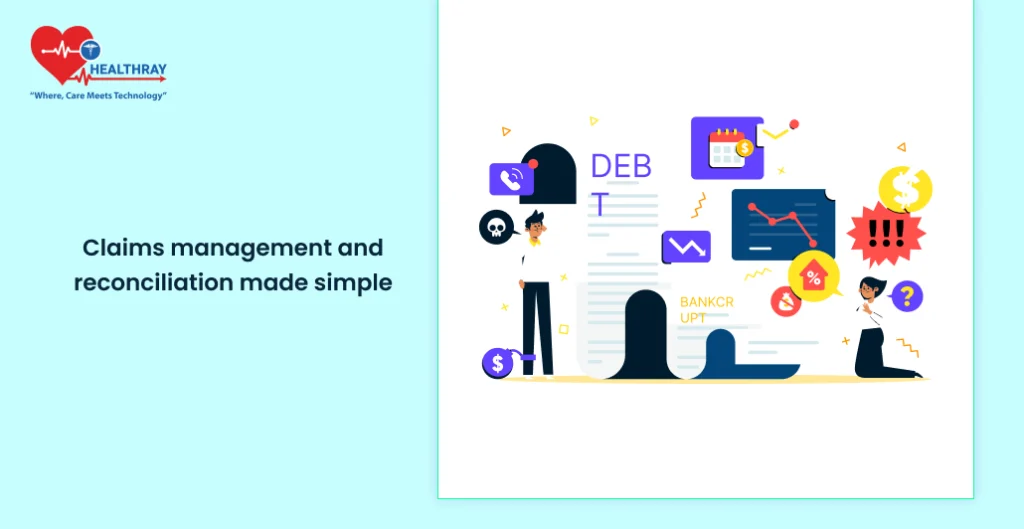
Claims management can be really puzzling. To keep track of the claim from when it was submitted to the time when the cheque is to be sent for clearing at the bank becomes complicated, especially with the denial or delay of some payment due to a trivial issue. It would really be such a time-consuming and frustrating process for the billing manager to know the status of these claims.
The software also renders a payable balance of all payments to the amounts billed, which is what makes it easier to reconcile. This keeps the financial records spot on, and it’s easy for the hospitals to trace uncollected claims without much manual labor. Ultimately, the streamlined claim management ensures faster reimbursement, reduces revenue loss, and frees up the billing team to focus on other crucial tasks.
Data Security and Compliance with Regulations
Of course, the patient’s data can not be compromised upon, no matter what it may mean for healthcare. Hence, any hospital deals with humongous data about sensitive matters-the patient’s details as well as his/her medical and billing history. In other words, any data leak or loss would amount to fines in the business realm, as well as an erosion of patient trust as well as an effect on the reputation of the very hospital. In all cases, traditional paper-based methods of billing failed all such standards regarding protecting such information.
Hospital medical billing software is developed with strong security measures to protect the sensitive data. Most of the systems applied encryption, role-based access, and multi-factor authentication to ensure that only authorized personnel can gain access to patient records. These platforms usually include audit trails in order to track who accessed or modified the records for the added layer of accountability.
Improved Financial Reporting and Forecasting
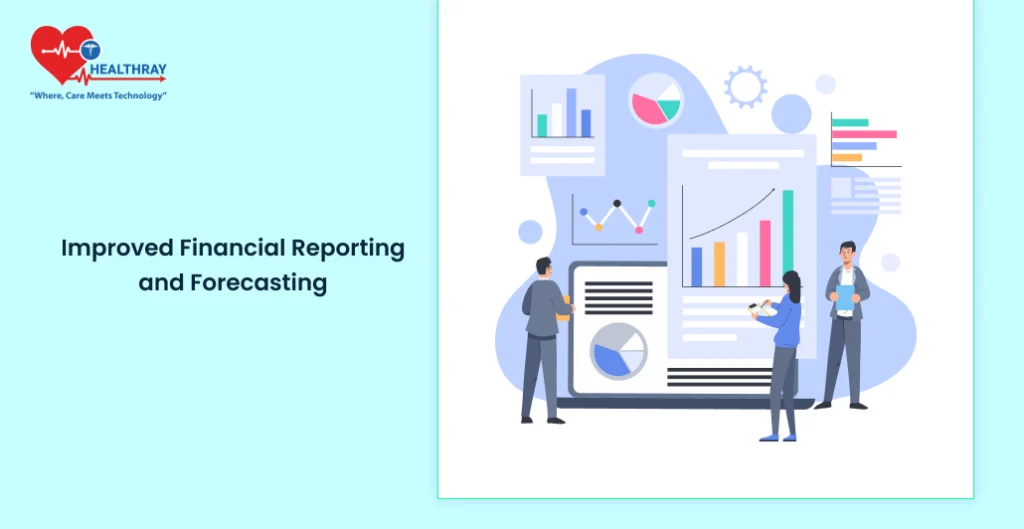
Daily revenue figures alone cannot ascertain the financial soundness of a hospital. Managements have to understand the pattern and trend of areas for improvements in order to make proper budgeting and strategic decisions, which traditional billing methods do not provide with the tools necessary for such analysis.
This ability of forecasting will allow hospital leaders to foretell revenue patterns beforehand, creating a window of opportunity for taking proactive decisions pertaining to cash flow optimization and effective utilization of available resources. Such data-driven insight in hospitals help to streamline all financial operations; cut down required expenses and make the utilization of resources at hand towards optimizing management of facilities in times of economic fluctuation.
Patient Satisfaction through Transparent Billing
Billing transparency is the most frequent cause of patient satisfaction. Most of a hospital’s complaints stem from bills presented to a patient: unclear in content, unknown due to unexpected charges, and hence difficult to understand. In these situations, confusion breeds frustration, mistrust, even refusal to pay at once, jeopardizing thereby the revenue and reputation of the hospital.
The transparency of the software makes it evident that medical billing to a patient is effectively done. Since the bills contain itemized accountings, clarity in breakdown is achieved for charges by service to all. Patients can log online to view the bills, and make payments directly from the application. Such application transparency empowers patients with having control over costs incurred on them, thus an increase in patients’ satisfaction rate.
Integrate with EHR and Other Hospital Systems
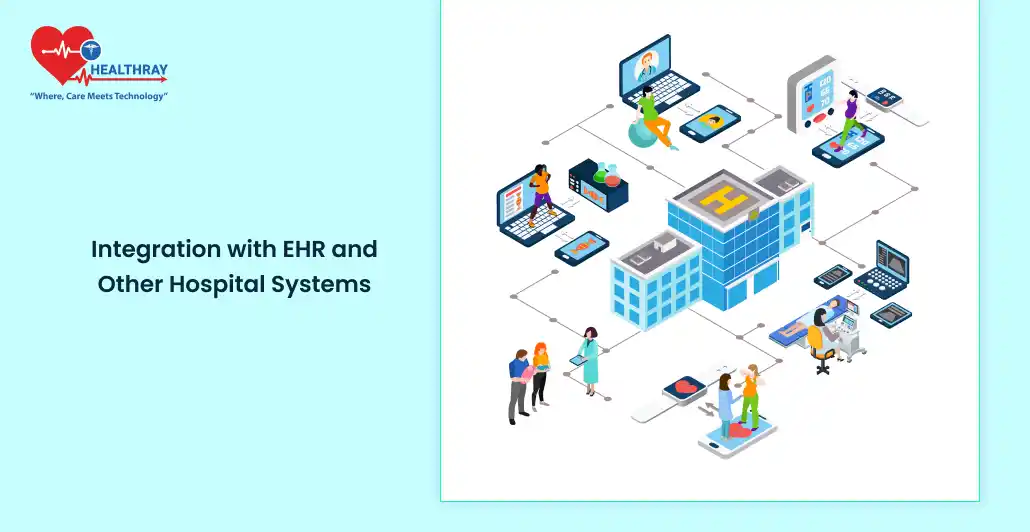
The different departments need strict coordination in their work to function properly at the hospital. And data integration plays a vital role to fulfill this very objective. If the billing systems remain isolated from other systems of the hospital, like EHRs, then it becomes the height of redundant efforts, data silos, and inefficient workflow. The system thus slows up, gets too slow, and errors peak.
It supports care for the patients. Relevant information will be given to relevant care providers to make accordingly informed decisions. Reporting, auditing, and compliance for administrators will not be difficult once the unified view is created. Integrated systems produce the environment in which free-flowing information will be created. It builds up efficiency, removes administrative burden, and fosters a higher quality of patient care.
Scalability and future-proofing
With hospitals expanding comes the expansion in their operational requirements. A few more patients, wider services, and even newer settings put intense pressure on their old systems of billing. The hospitals thus endure the challenge of running in such a scenario in order to build up their volumes effectively without a complete overhaul of the billing system because of the demands generated due to growth. Therefore, scalable billing software growing and investing prepare hospitals for challenges arising from growth requirements without overhauling an entirely particular system.
Apart from the scalability factor, future-proofing features are part of the product with periodic updates of the software and modularity, which keeps abreast of all new health care technologies and regulations. Modularity has been flexible toward innovation without any form of data incompatibility or workflow disruption to make operation smoother both today and into the future.
Resource and Cost Optimization
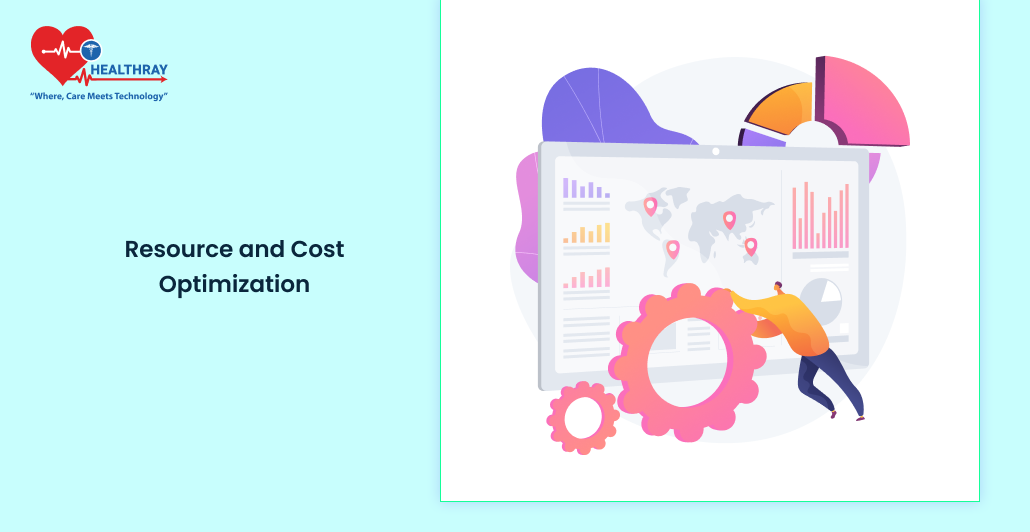
Hospitals are always challenged by the best use of available resources and maintaining cost. Many billing processes take a lot of time and resources, which ultimately increase administrative cost and divert so much needed hospitals’ resources to patient care and other services needed in the institution.
This also optimally utilizes human and financial resources since the hospital medical billing software can automatically make some billing tasks less stressful in terms of the amount of workload that will be placed upon the administrative staff and thus devoting more time to strategy-making activities instead of having a long line of dull entries and follow-up of claims. Apart from time, it saves payroll, which is also put into consideration since fewer manpower hours are spent performing the billing functions.
Increased Employee Efficiency and Lower Rate of Burnout
Billing becomes too stressful on employees since the number of claims to attend to, those that were rejected, and multiple data entries keep piling. Overworking has resulted in burnout, reduced morale, and turnover among valuable employees.
Hospital medical billing software reduces some of the stresses by removing redundancy and routine operations so that workflows become streamlined. In this case, automatic billing minimizes data entry intervention; most errors tend to reduce since it is set up in a routine claim tracking process. This saves great amounts of time and is relatively a lighter mental activity among the staff so that they do not waste their hours more productively on related events such as patient involvement, complex case management.
Conclusion
Hospital medical billing software can be an important step forward in building up an environment efficient, financially stable, and one that is of patients. It helps solve hot operational issues that hospitals face today and goes deep into solving most of them, hence ensuring more accurate billing, faster revenue cycles, and security of patient data. It is a product designed in an integrated format to be part of a strong hospital management system, thereby streamlining the workflow in the administrative and clinical departments and improving overall efficiency in a hospital.
It’s all about a solution that expands to the hospital for compliance for its billing manager and IT decision-makers and enhances patient satisfaction, thus allowing hospitals to optimize resources, cost reduction, and focus on what matters most: delivering great care.
Medical billing software automatically enters data and codes, which reduces common human errors. Validation checks and real-time data updates ensure that the billing is accurate and reduces the chances of claim denial.
